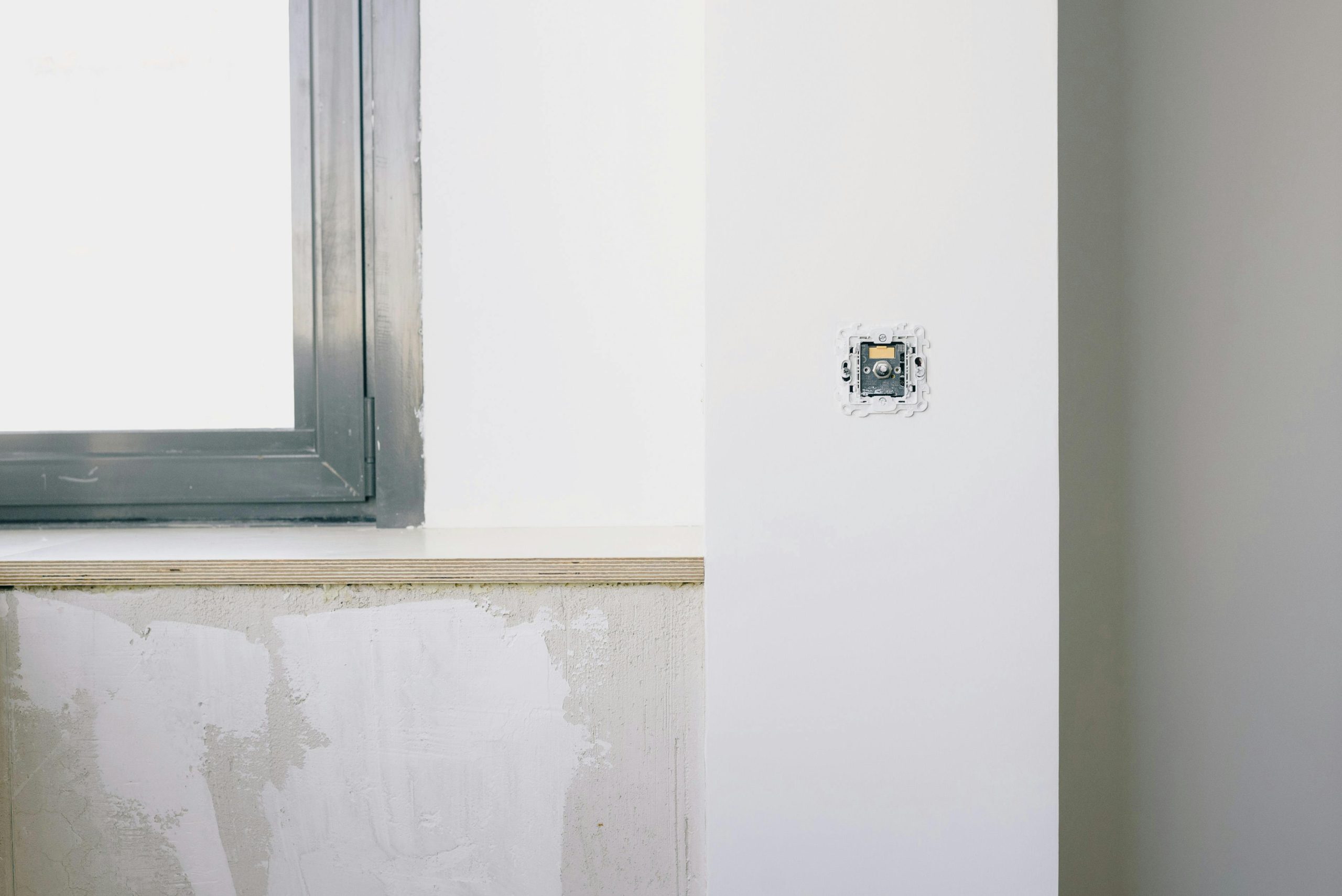Streamlining Third-Party Software Installation Post-Windows Reinstallation: Best Practices and Solutions
Reinstalling Windows is often a necessary step to resolve system issues or to refresh your environment. However, restoring your preferred suite of third-party applications and customized settings can be a time-consuming process. For home users who frequently perform clean installs, discovering efficient methods to reinstall essential programs without manual intervention can save significant time and effort. If you’re seeking insights into automating this process, this article explores practical strategies and tools to streamline third-party software reinstalls after a fresh Windows setup.
Understanding the Challenge
When undertaking a full Windows reinstall, users typically lose their prior software configurations and personalized settings. Reinstalling frequently used applications such as email clients, compression tools like WinZip, device drivers, and system preferences can become repetitive and tedious. While creating system images or backups prior to reinstall can simplify this process, there are scenarios where a fresh install is unavoidable, making automation solutions particularly valuable.
Potential Solutions
- Automated Deployment Scripts
One effective approach involves creating automation scripts, primarily utilizing PowerShell, to perform silent installations of third-party applications. Many installers support command-line arguments that facilitate unattended installations, eliminating the need for manual wizard navigation or multiple reboots. By scripting these commands, users can execute a sequence of installations seamlessly in the background.
- Package Management Tools
Modern package managers such as Chocolatey offer a robust platform for managing software installations programmatically. With Chocolatey, users can define a list of desired applications and install or update them with simple commands. For example:
powershell
choco install googlechrome -y
choco install 7zip -y
choco install thunderbird -y
This method ensures consistent installation, simplifies maintenance, and minimizes user interaction.
- Configuration Management and Preference Automation
Beyond installing applications, customizing system preferences—such as taskbar layouts or startup settings—can be automated using PowerShell scripts or configuration management tools like Ansible or SCCM. Scripts can modify registry entries, adjust system settings, or apply pre-defined configurations, ensuring that your environment is restored to your preferred state quickly.
- Installation to Alternative Drives
Installing applications on a secondary drive can be achieved via command-line options provided by many installers. However, it’s essential to recognize that a complete Windows reinstallation often resets registry configurations, which may affect application functionality if they rely heavily on registry entries. Therefore, maintaining a detailed record of customized installation paths and configurations is advisable.
Best
Share this content:

